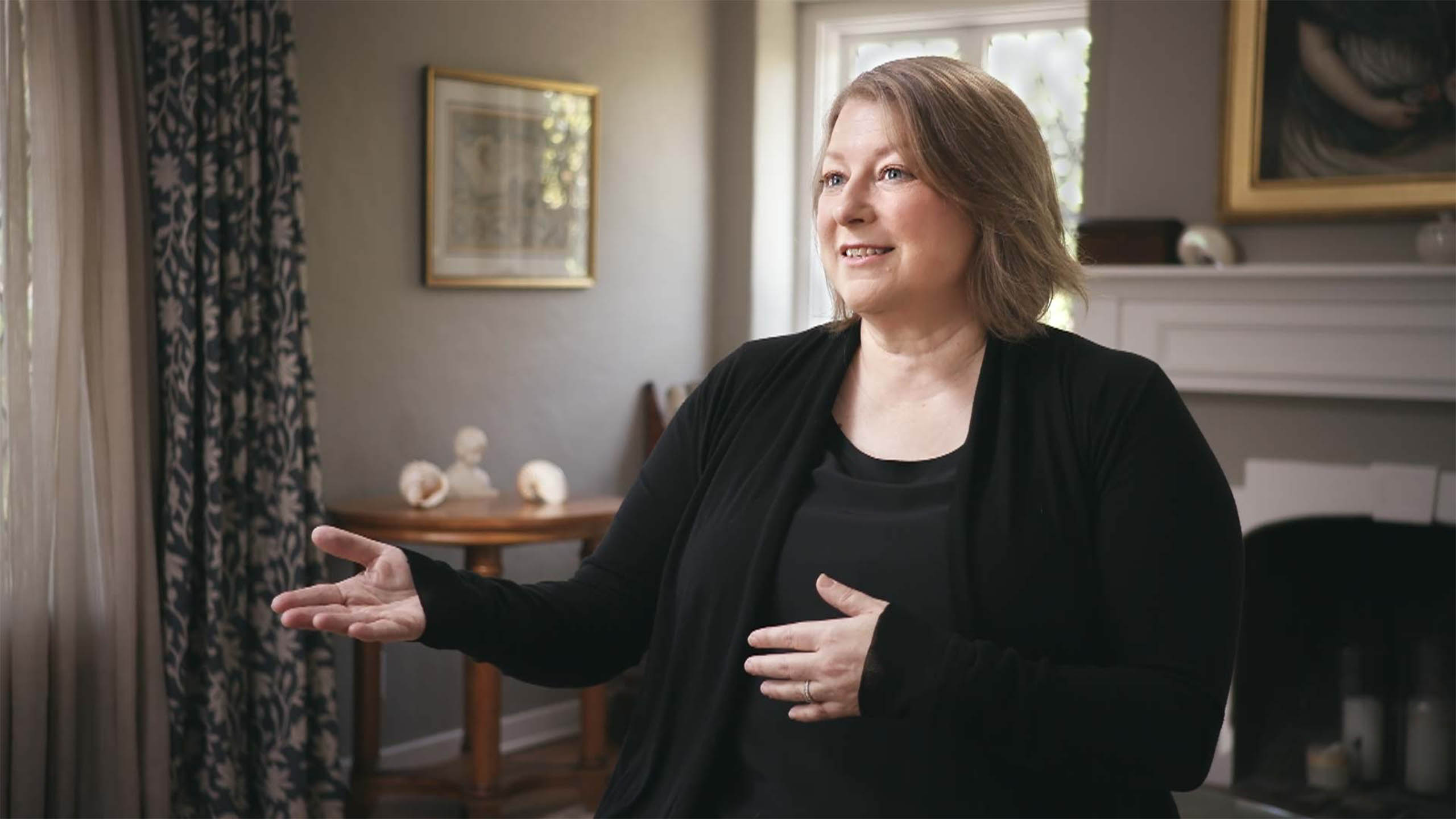

(On BINGE, entire Season 3 will drop in full on January 8 at 5 pm). US & CANADA: 8 January 2022 in the US on AMC+, Shudder, and SundanceNOWĪUSTRALIA: 9 January 2022 on Foxtel and BINGE.
#Deborahharkness tv#
GREECE: 8 January on Cosmote tv (Entire Season 3 will drop in full, 6 pm). ITALY: 7 January 2022 on Sky Italia & TVITĭENMARK, FINLAND, NORWAY, SWEDEN: 7 January on HBO Max NORDICĬZECH REPUBLIC, HUNGARY, POLAND, ROMANIA, SERBIA & SLOVAKIA: 7 January 2022 on HBO GO. Entire S3 will drop in full on SKY Box Sets & NOW TV. UK & IRELAND: 7 January 2022 in the UK on Sky TV and NOW TV. Still have questions? If so, we advise you to reach out directly to the broadcasters who carried Seasons 1 & 2 in your region. If we don’t have dates or broadcast details for your region, that’s because we have not yet been able to confirm them.
#Deborahharkness update#
We will continue to update broadcast information as it becomes available, so please see broadcast dates & regions below. This page was created in 2020 last modified on 4 October 2020.Coming to the UK & Ireland on 7 January, 2022, that is!

The Volsci spoke an Osco-Umbrian language. In the 330s, when the Latin towns revolted agains Rome, the Volsci supported the rebels, but after their final defeat, they vanish from history. In the second half of this century, they would go on to attack the mountain people beyond the Volsci: the Samnites. In the end, Rome restored control over Latiun in the first half of the fourth century. The war for Tarracina, also called Anxur, forced the Romans to start paying their soldiers. The fights lasted for all of the fifth century. One of the Volscian generals was, according to the tradition, a Roman renegade named Coriolanus. The Hernici, living between the two allies, allied themselves to the Romans and Latins. In the course of the fifth century, there were several conflicts between this Latin League and the Volsci, who often cooperated with the Aequi. Relief of an Amazon from the temple of Mater Matuta in Satricum Material culture did not change substantially the second phase of the Temple of Mater Matuta in Satricum offers an idea of Volscian art and architecture. Probably, Volscian chieftains seized control in towns that had once been governed by Latin leaders. Among the towns they added to their himeland in the Liris valley, were Velitrae, the port of Antium, Satricum (formerly Pometia), Privernum, Circeii, Tarracina (another port), Fundi. To defend the region, several colonies were founded: Signia in the east, the port of Circeii in the extreme southeast, Cora halfway between Rome and Circeii, and Pometia on the central plain. It may have been a return to the earlier situation, in which Rome was the main city in Latium. Responding to this crisis, the Latin towns formed the Foedus Cassianum, a confederation of mutual military alliance, led by the Romans. The "Lapis Satricanus", a Roman dedication to Mars mentioning a man who is probably Valerius Publicola, who had fought against the Volsci The Aequi seized political control of eastern Latium, including towns like Praeneste, while the Volsci are often mentioned in southern Latium, on the Pontine Plain. However, after the collapse of the Roman monarchy in the final decade of the sixth century, the Aequi and Volsci started to migrate to the plains. Livy mentions a war between Tarquin the Proud and the Volsci. She was the mother-in-law of the Emperor Tiberius, great-grandmother of the Emperor Caligula and Empress Agrippina the Younger, grandmother-in-law of the Emperor Claudius, and great-great. The powerful kings of Rome (e.g, Tarquin the Proud) were able to keep those tribes away. Scribonia (68 BC - AD 16) was the second wife of the Roman Emperor Augustus and the mother of his only natural child, Julia the Elder.

From north to south, we can discern four people: the Sabines in the valley of the river Tiber, the Aequi, the Hernici in the valley of the Tolerus (or Trerus) River (modern Sacco), and the Volsci, who originally lived in the valley of the Liris. In the hilly interior, this process was a bit slower, but larger political units were created as well, which are often, for lack of anything better, labeled as "tribal". In the coastal area, with access to the sea and easy roads on the plains, this process culminated in the growth of real cities, like Antium, Satricum, archaic Rome, Praeneste, Veii, and Caere. In the course of the Iron Age, the people of Central Italy, who had been living in hilltop settlements, increasingly started to live in larger groups, often consisting of several older settlements. Latium at the beginning of the fifth century the Volsci lived in the south


 0 kommentar(er)
0 kommentar(er)
